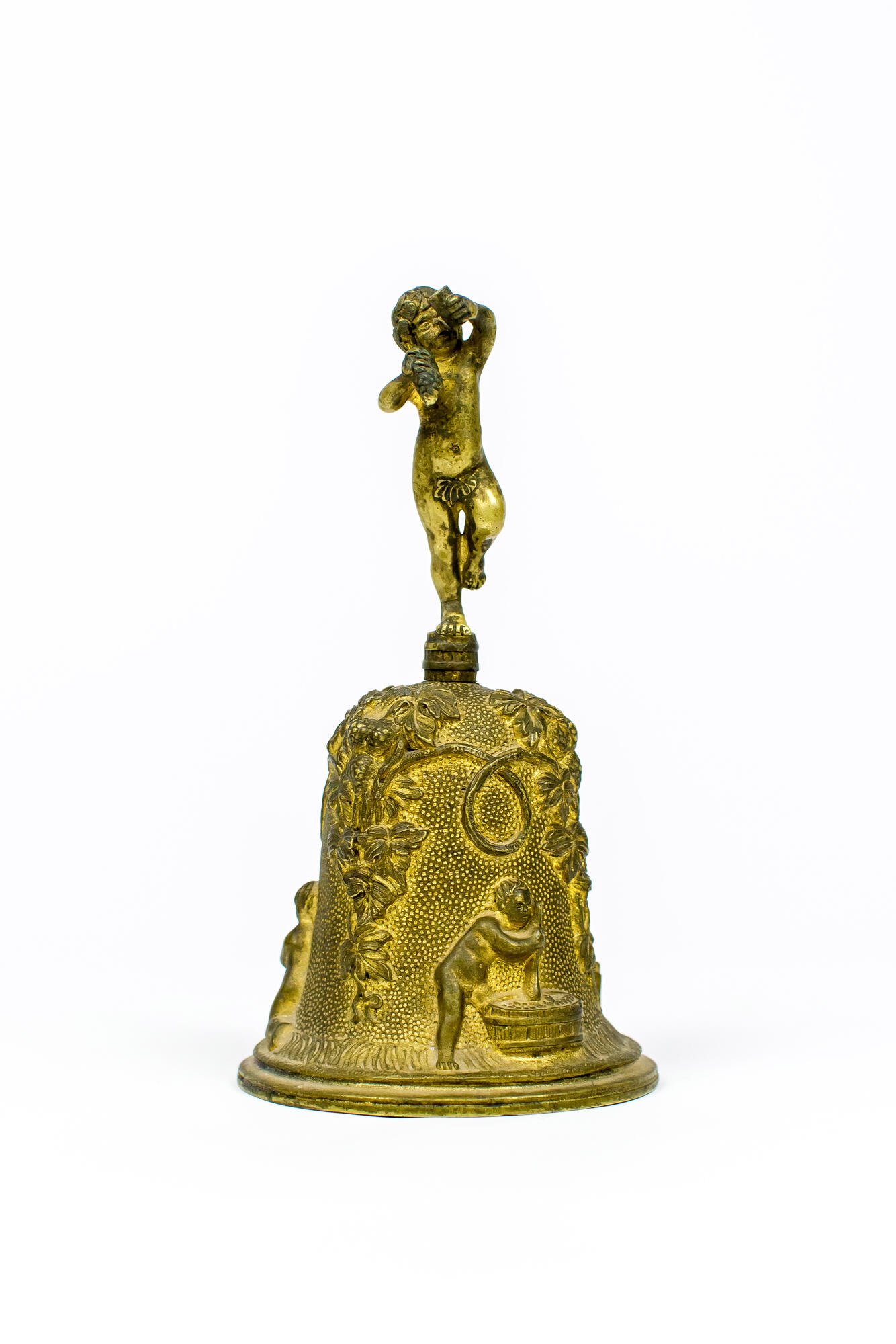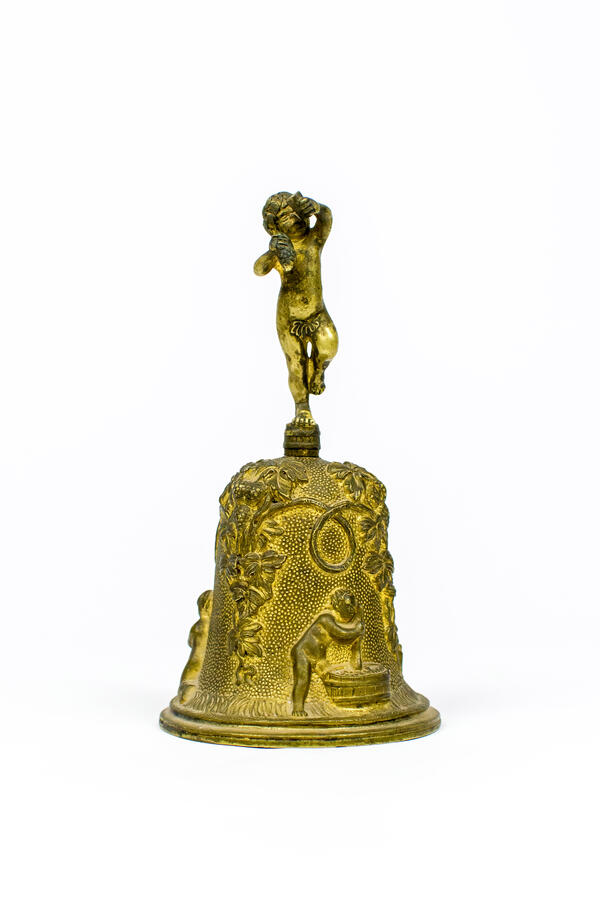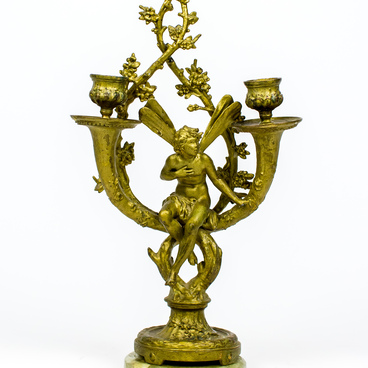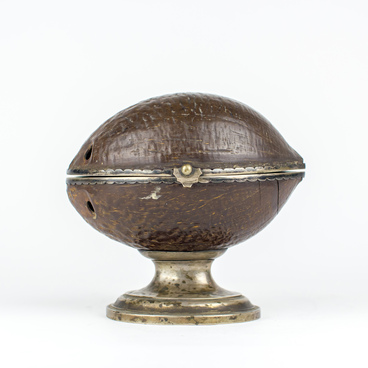The exhibition presents a bronze bell of the 19th century, which was intended to call the servants. On his skirt, there is a relief image of three grapevines and three boys picking and processing berries. The decorative handle is made in the form of a figure of a child with a bunch of grapes in his hand.
After the nationalization of the merchant’s property in the 1920s, the bell entered the museum collection from one of the Tetyushi’s merchant estates.
In rich houses, bells for calling servants were in every room. There were dinner bells, boudoir bells, bedroom bells. Elegant ribbons were selected for them, usually from expensive materials, on a silk lining, decorated with embroidery and bronze clips.
If there were many rooms in the house, including on different floors, then the bells were connected to the servants' room. The system was invented in 1744 in London. Previously, servants had to be present in almost all rooms in order to quickly respond to various assignments, but now they could be in the same room, for example, in the kitchen. They could be called remotely by pulling a cord that activated a bell connected to a specific room.
In ancient times, forged bells were ascribed magical properties. They were put on animals not only to track their location but also to protect them from the evil eye and attacks of wild animals. Such bells were called cowbells or riveting hammers since they were riveted (sewn) on the sides with rivets.
In Russia, Yamsky bells were popular as an attribute of horse harnesses. The largest and most elegant of them were reserve ones (located under the shaft bow). Under-the-neck ones, slightly smaller, could be hung as an additional decoration to any part of the harness at the request of the owner.
In the 19th century, there were several centers for the production of bells in Russia. The main one was the city of Valdai in the Novgorod province: the first bell was cast at a local factory in 1802. Another large factory was located in the city of Kasimov, Ryazan province.
The production of bells in Russia stopped in 1914 with the outbreak of the First World War. In the 1980s — 1990s, production was again adjusted according to old samples preserved in private collections.
After the nationalization of the merchant’s property in the 1920s, the bell entered the museum collection from one of the Tetyushi’s merchant estates.
In rich houses, bells for calling servants were in every room. There were dinner bells, boudoir bells, bedroom bells. Elegant ribbons were selected for them, usually from expensive materials, on a silk lining, decorated with embroidery and bronze clips.
If there were many rooms in the house, including on different floors, then the bells were connected to the servants' room. The system was invented in 1744 in London. Previously, servants had to be present in almost all rooms in order to quickly respond to various assignments, but now they could be in the same room, for example, in the kitchen. They could be called remotely by pulling a cord that activated a bell connected to a specific room.
In ancient times, forged bells were ascribed magical properties. They were put on animals not only to track their location but also to protect them from the evil eye and attacks of wild animals. Such bells were called cowbells or riveting hammers since they were riveted (sewn) on the sides with rivets.
In Russia, Yamsky bells were popular as an attribute of horse harnesses. The largest and most elegant of them were reserve ones (located under the shaft bow). Under-the-neck ones, slightly smaller, could be hung as an additional decoration to any part of the harness at the request of the owner.
In the 19th century, there were several centers for the production of bells in Russia. The main one was the city of Valdai in the Novgorod province: the first bell was cast at a local factory in 1802. Another large factory was located in the city of Kasimov, Ryazan province.
The production of bells in Russia stopped in 1914 with the outbreak of the First World War. In the 1980s — 1990s, production was again adjusted according to old samples preserved in private collections.



